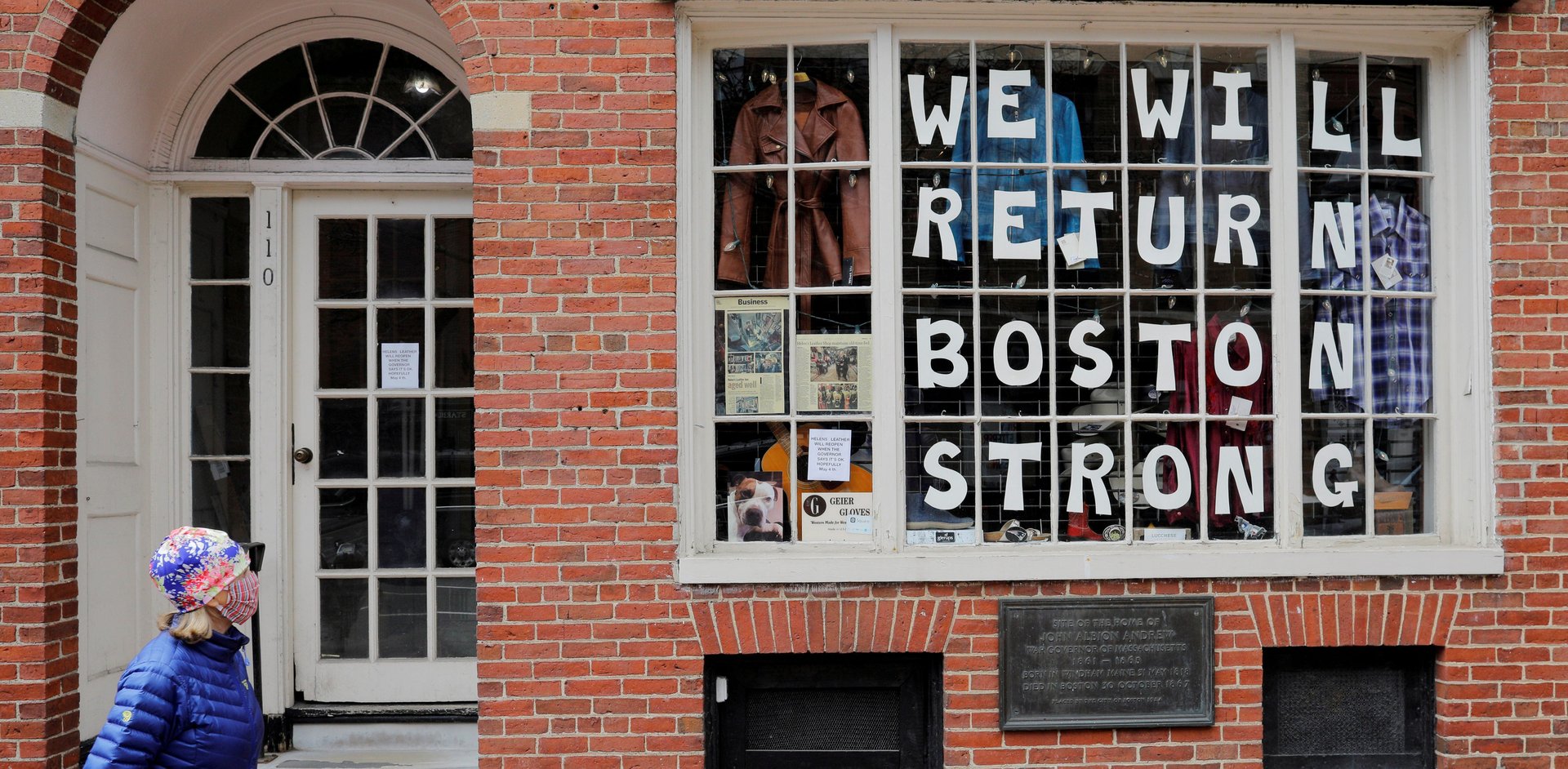April’s staggering job losses were felt most by women, minorities, and the lowest paid workers
More than 20 million Americans lost their jobs in April, lifting the unemployment rate to 14.7%, and the impact was disproportionately felt by women and minorities, as well as the youngest, oldest, and lowest-paid workers.


More than 20 million Americans lost their jobs in April, lifting the unemployment rate to 14.7%, and the impact was disproportionately felt by women and minorities, as well as the youngest, oldest, and lowest-paid workers.
April’s employment data, released today by the Bureau of Labor Statistics (BLS), is just the latest indication of the size and severity of the economic collapse resulting form the coronavirus pandemic.
Large companies, with 500 or more employees, saw the largest decline in the absolute number of staff at nearly 9 million, more than 13% of the workforce at those employers, according to a May 6 report from ADP, the payroll processing company. However, small companies with fewer than 49 workers were hit harder on a percentage basis with a decline of 6 million workers, or more than 18% of their total employment. Small businesses also represented a third of the businesses affected by job losses.
“This is huge,” said Ahu Yildirmaz, the co-head of ADP’s research institute. “Many small companies have little to no financial reserve to support employment and other expenses while they were closed. Large companies are better positioned financially to weather a temporary crisis.”
The losses were across all business sizes and sectors, including in healthcare. “It may seem counterintuitive, but if you think about the demand for non-emergency surgeries and doctor’s office visits, the healthcare [sector] was also hit,” Yildirmaz said.
Women suffered more job losses in April with an employment decline of 22%, compared to the 18% losses of men. “This is actually rare for a recession,” Yildirmaz said. “This downturn is different.”
There were also unequal declines among the youngest and oldest workers. Workers from 21 to 30 year olds, and those 60 and older saw employment declines of 22%, compared to middle age workers, whose loss was approximately 17%. “Historically, younger workers are hit during recessions, but what was different this time was a lot of baby boomers, retirees, came back to the workforce because the labor market was so tight,” Yildirmaz said.
The unemployment rate rose to 16.7% for black workers and 18.9% for hispanics, according to the BLS.
Job losses were “disproportionately concentrated” among lower-wage workers, with a 35% employment decline for bottom-wage workers making $15 per hour or less compared to job losses of 9% for positions where earnings were $32 per hour or greater. Low-wage, and low-skilled workers were hit more in industries such as hospitality, retail, administration and support services. High-skilled workers in fields like professional and financial services were better able to “deal with the storm” and switch to working remotely with a business maintenance approach. “It’s really about the nature of the job,” Yildirmaz said.
The path to employment recovery for many of these workers and businesses depends on several factors, including whether businesses permanently exit or choose to suspend operations or downsize temporarily, Yildirmaz said. The economic recovery of many of these workers who have been laid off in industries like restaurants or the leisure and hospitality industry could depend on their ability to adapt to the needs of different sectors.
Even once businesses reopen, Yildirmaz said the question of how much many of the unemployed workers can really get back to work might be dependent on the levels of demand from consumers as well as workplace safety. “I can open my business, but how long will I survive?,” Yildirmaz said. “Jobs may be available but (workers) don’t go because they are afraid of getting (coronavirus).”